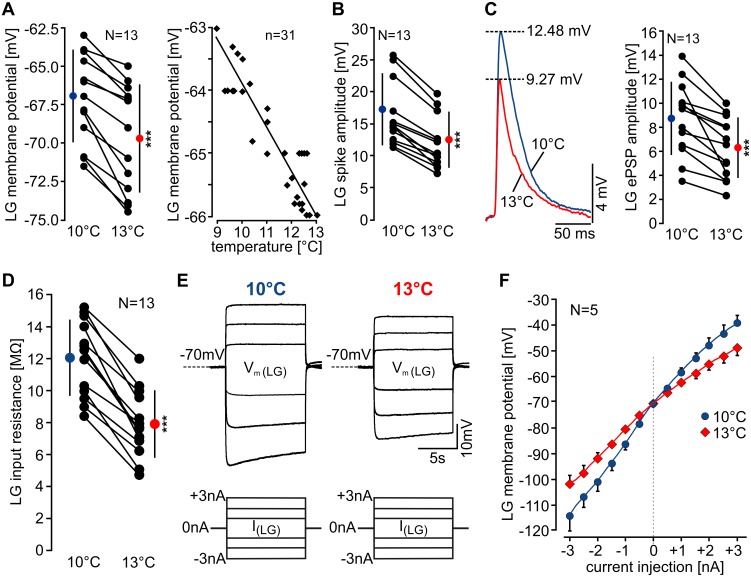Fig 3. LG membrane properties are affected by temperature change.
(A) Left: LG resting membrane potential at 10°C and 13°C for all tested preparations. Black circles represent individual experiments; colored circles are means ± standard deviation (SD). LG membrane potential hyperpolarized significantly at 13°C (N = 13, paired t-test, p < 0.001). Right: Decrease in LG resting membrane potential as a function of temperature from 9°C to 13°C during continuous temperature increase (1°C/min) in one preparation. (B) LG spike amplitude at 10°C and 13°C for all tested preparations. LG spike amplitude was significantly smaller at 13°C (N = 13, paired t-test, p < 0.001). (C) Left: Overlay of MCN1 ePSPs in LG at 10°C and 13°C. Right: Mean ePSP amplitudes at 10°C and 13°C for all preparations tested. Mean ePSP amplitude decreased significantly at 13°C (N = 13, paired t-test, p < 0.001). (D) Change in LG input resistance at 10°C and 13°C. (E) Membrane potential deflections of LG at 10°C and 13°C during de- and hyperpolarization (+3 to −3 nA, 1 nA steps are shown, 10 s duration). Measurements are from the same preparation. (F) Change in LG membrane potential as a function of current injection at 10°C and 13°C. Averages and standard error of the mean (SEM) of five experiments are shown. The starting membrane potential was set to −70 mV in all experiments. Note the difference in slope between 10°C and 13°C. Voltage deflections for all current levels were significantly smaller at 13°C (N = 5, paired t-test, p < 0.05).

